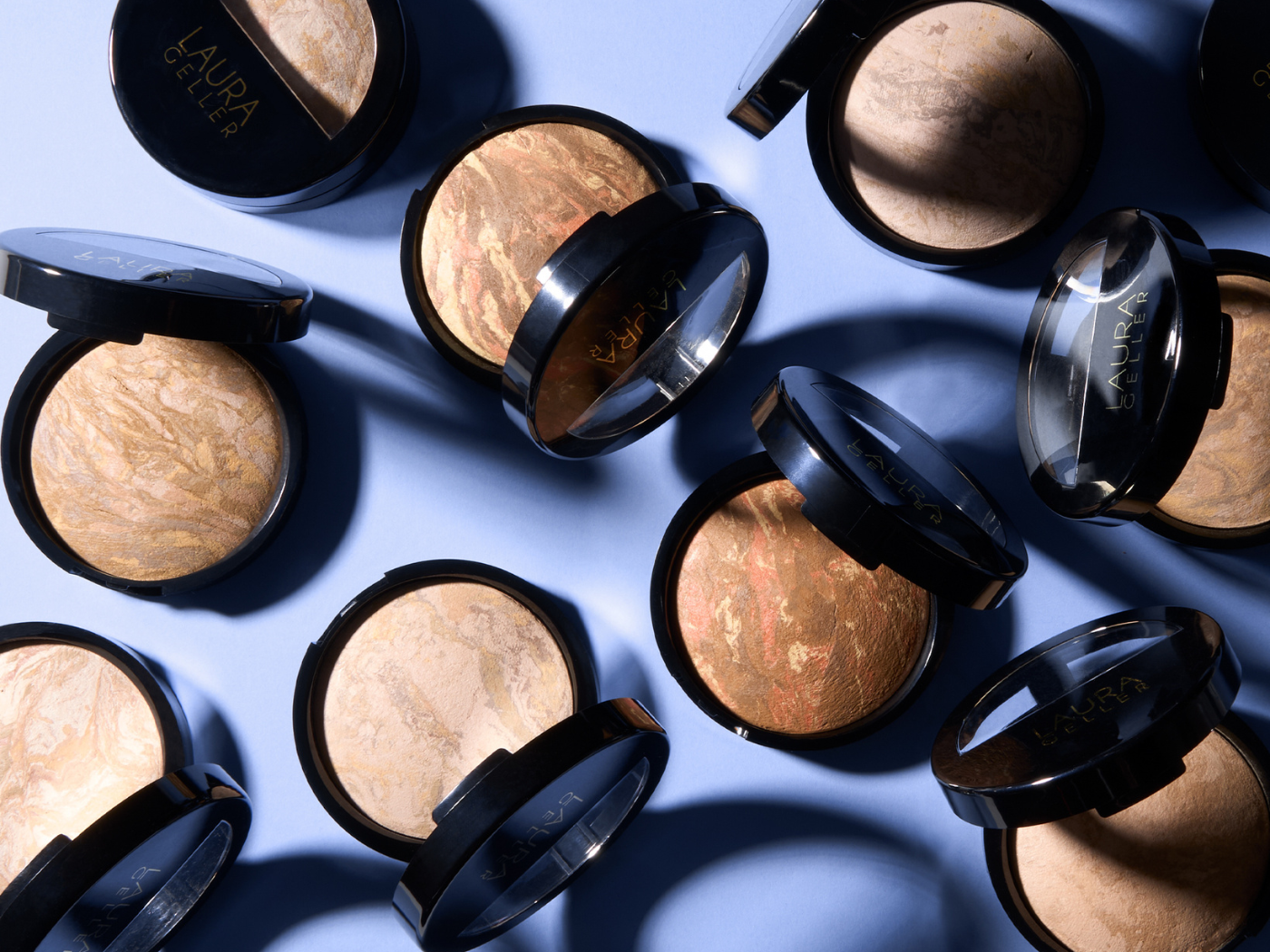The multicultural beauty products market continues to outpace the growth of the overall market for cosmetics and toiletries, posting a 3.7% increase in 2014, according to Kline & Company.
And as if to solidify Kline’s research, Monday saw the news of L’Oréal USA purchasing Carol’s Daughter, a multi-cultural beauty brand created by Lisa Price in 1993. The brand caters to a diverse, rapidly growing market and has established a loyal consumer following across the country. For the 12 months ended September 30, Carol’s Daughter had net sales of $27 million.
“Carol’s Daughter possesses an expertise in the multi-cultural consumer segment, a rapidly expanding market that represents an important growth opportunity in the beauty industry,” said Frederic Roze, President and CEO of L’Oréal USA in a statement. “This acquisition will enable L’Oréal USA to build a new dedicated multi-cultural beauty division as part of our Consumer Products business, and strengthen the company’s position in this dynamic market.”
Kline reports that rapidly growing ethnic populations have given way to intensified competition, and sees multicultural beauty marketers breaking boundaries between general and multicultural beauty.
“On one end, there are brands such as Carol’s Daughter that are positioning away from being an exclusive ethnic brand to now also target a broader audience, regardless of ethnicity. This holds particularly true in the natural personal care segment where popular ethnic hair brand Shea Moisture is now rebranding to become suitable for all consumers,” reported Kline.
This widening approach helps move multicultural brands beyond the ethnic section of the beauty aisle to sit side-by-side nationally advertised brands, according to Donna Barson, Senior Associate at Kline’s Consumer Products practice.
“However, this audience expansion needs to be done without alienating long-time consumers who might feel deserted if they feel like their brand no longer speaks exclusively to them,” said Donna.
Kline predicts that the movement of mainstream companies into the multicultural space will not only open possibilities of more M&A in the coming years, but it will also be beneficial for consumers as they will be provided with a wider array of products targeting their needs. Smaller multicultural companies, Kline said, will also need to innovate in order to gain sales and create a niche for themselves or position themselves for a potential acquisition. In addition, the competition coming from the general market is also blurring the lines and having a challenging impact on the multicultural marketers.
To gain share of the ethnic consumer’s pocketbook and to better understand and capture a greater share in this increasingly important market segment, Kline’s soon-to-be-published Multicultural Beauty and Grooming Products: U.S. Market Analysis and Opportunities looks to help serve beauty marketers now competing from both ends of the spectrum to understand a myriad of new market undertones.
To order the report, please click here.



